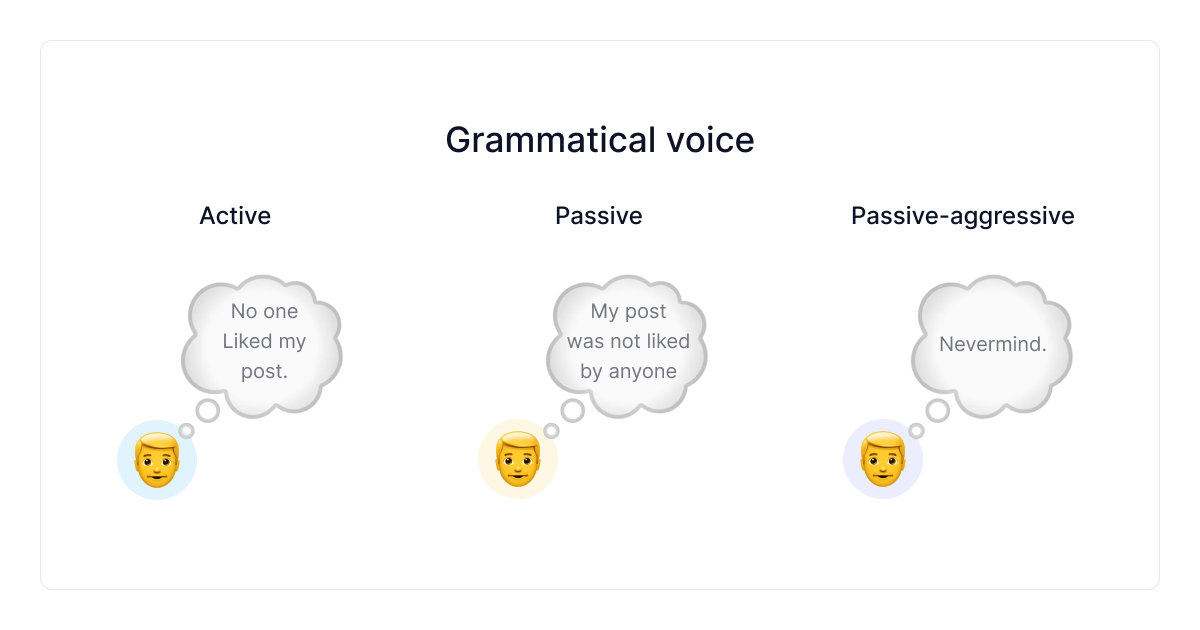Have you ever stared at the blank screen, hoping for a glance of inspiration? Trying to find new ways to tell a story? Or attempt to reuse an old piece of content without plagiarizing yourself?
Rewriting existing content means playing around with words to improve the original idea while leaving the context intact.
It saves valuable time, leaving a solid foundation to work with, meaning you don't have to start from scratch every time you wish to write something.
At the same time, the rewriting has a vital role in content creation – to improve your text and ensure your readers are clear of dull, imprecise, and difficult-to-follow sentences.
Are you interested in learning how to achieve that?
To make your writing more engaging and professional, we'll list the top 6 tips on enhancing your rewriting skills.
Let’s get straight into that!
6 Constructive Tips On How To Enhance Your Rewriting Skills
Producing high-quality content requires a lot of time. So, when you need to rewrite your piece, take the fundamental concepts from your original post and give them a fresh twist.
Here are some simple methods.
1. Prepare for rewriting
The first step is to read your original article several times. This can give you a good idea of the central concept and what phrases or sentences to keep or completely cut out.
This method is also helpful in understanding which part of the text needs more tweaking, for example, shortening the introduction or breaking the text into more paragraphs for a better reading experience.
Pro Tip: For example, AI writing tools such as TextCortex allow you to extract key takeaways from a lengthy text, which gives you a foundation to work with.
2. Rewrite the headings and headlines
Headlines are an essential component of quality content.
Making your headlines catchy will pique the reader's interest while providing a brief summary of the rest of the article.
Because of this, headlines are an important component of quality content in every context.
Since the title is a deciding factor on if your readers will be interested in keeping reading or not, keep these things in mind when rewriting headlines:
#1 Make a promise

For example, "How To Write Better Headlines In Four Ways" is a boring headline without anything unique or captivating.
But, if you add a promise and catchy, descriptive words – "4 Engaging Examples of the Best Headlines That Grab Attention "– you'll get a much better result.
#2 Update your headline
If the title contains a date, such as "The Beginners Guide to Photoshop in 2018," it should be changed to reflect the current year, provided the content is updated.
Don't mislead your readers by just updating the title of an article without
also updating the content.
3. Rewrite Paragraphs, Not Sentence By Sentence
When you look at your old piece of content, you will see a specific idea or tone behind it.
Suppose you rewrite sentence by sentence by merely switching between synonyms.
In that case, it won't make a difference – you'll still have the original voice.
Instead, focus on more extended parts of text or paragraphs that make one logical whole.
If you rewrite it word by word, it won't make any sense in the end – a bunch of words ripped out of context.
Pro Tip: The ‘’Paraphrase’’ feature allows you to rewrite your sentences in bulk. Highlight your text, click the logo, select ‘’Paraphrase’’, and wait to be amazed.
4. Rewrite the main body part
The main body is the most crucial part of your article, and you should give it special attention when rewriting.
Here are some valuable tips on how to rewrite the main body part:
#1 Find your tone
As we mentioned above, your original piece has its tone of voice.
You can experiment with multiple voices as a writer to make an old article feel fresh again.
This time you'll rewrite it in a more passionate tone, or you'll go the complete opposite route and sound cautious and skeptical.
Pro Tip: Sometimes, we struggle to find the right words to express our message.
For example, TextCortex’s Tone feature makes it easy to switch among many available options, from cheerful to urgent.
Simply type in your sentence, click on the logo, choose the desired tone, and voila – it's done!
#2 Be creative with words
One of the most crucial writing tips is to use several strategies while rewriting.
Using the voice change discussed before, for instance, will give your material a newer, original feel.
Likewise, the text will be improved by metaphors, hyperbole, irony, sarcasm, and epithets. But stay away from the cliches.

This leads us to our next point:
#3 Use clear, straightforward language
You want the reader to understand your words as forceful and concise.
This means avoiding using the passive voice at all costs, advice that most writers have already heard as they work to hone their writing abilities.

Sentences in active voice are clear and easy to comprehend, while those in passive voice seem dull and hard to follow.
TextCortex provides you with various rewriting alternatives and always highlights passive sentences in the text, making it easier to spot them.
You can improve the clarity and naturalness of your sentences a lot by using an active voice.
#4 Make your content readable
Your content must be simple to skim.
Most readers will scan a page quickly before moving on in less than a minute.
Every paragraph should have a point or thought, yet lengthy passages take time to read.
Rewrite your existing text, so each paragraph is two to three sentences long.
Then, you can bold important phrases throughout to draw the reader's attention as they skim.
#5 Avoid the fluff
Although it can be fulfilling to share your creativity with the word using lengthy and complex words, try to minimize their count.

When there are other alternative information sources accessible, nobody will waste their time reading through your fluff to get to the informative section.
Although all authors must abide by this rule, it mainly pertains to those who work for businesses engaged in advertising or social media.
Note: Cut out the glue words from your sentences. The statement is overly complex and difficult to read due to the added words.
#6 Use links
Of course, your original text should be the primary source for your rework.
But you can continually update the content with the most recent information because things do change.
When possible, conduct research and add anything you feel is necessary if your word limit is mild.
Don't be afraid to add personal observations or comments, either.
The text will become more enjoyable by eliminating fluff and adding more space for quotes and sources.
Whatsmore, you should add links to your article to strengthen and validate the information.
Ensure that the links you utilize are active and originate from reputable, high-quality websites so that people and search engines may easily access them.
5. Create a flow in your sentences
Suppose you don't use better-paced sentences, precise grammar, and vivid information to improve the reader's experience. In that case, your story won't reach your audience.
Your writing needs more flow if the reader must read your words more than once to understand the main point.
Always run your text through a reliable grammar checker to strengthen your writing and add flow.
Ensure you get your punctuation right, and don't avoid contractions.
Contractions are necessary for fluid, easy-to-read sentences because it makes your writing sound more conversational and approachable.
It also helps readers understand what you're saying.
6. Rewrite your conclusion
A good conclusion should be clear and concise and make a whole with your enticing headline.
Don't use vague sentences like:
"This is how you should rewrite your posts. Follow these tricks and learn how to rewrite your content."
Instead, try to improve it like this:
"These 7 effective tricks will help you rewrite your content easily. So, try them out and make rewriting an easy task".
Note: Remember to include relevant CTA, links, or updated information you want your readers to see.
Final Words
The crucial thing to remember while rewriting articles is that you only replicate ideas, not the actual content.
Following these practical tips on how to rewrite will surely elevate your skills while improving the quality of the piece you are working on.
As we mentioned above, rewriting has many benefits:
- Your updated content can attract a new audience,
- It can make your article easier to read by removing unnecessary words and phrases,
- You can convey your message better,
- It can increase traffic and engagement.
But, sometimes, we struggle to find adequate words, or it is difficult to arrange them properly into a logical whole.
That is why we should embrace all the advantages of the modern world and move away from flipping through a paper thesaurus.
Thankfully, you can use TextCortex – an AI-powered rewriting tool, for quick and effective rewriting.
TextCortex uses sophisticated algorithms and machine learning to provide you with several means of communicating with the same audience.
With the use of these processes, this tool can anticipate the output that will be the most human-like while also first understanding the context of the original input.
With the TextCortex Chrome extension, you can:
- Manage your writing more quickly.
- Spend less time creating more content.
- Rewrite sentences and paragraphs at once.
- Expand, shorten, or summarize your text.
Download our Chrome extension today and discover how to make rewriting a breeze.
.jpg)




